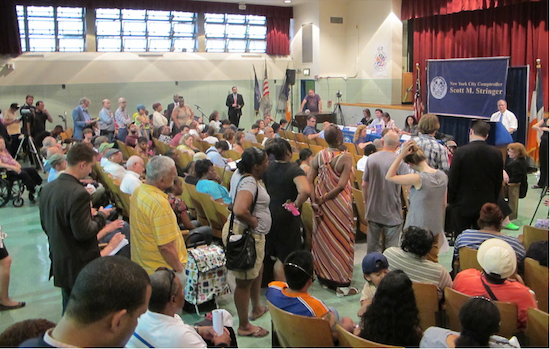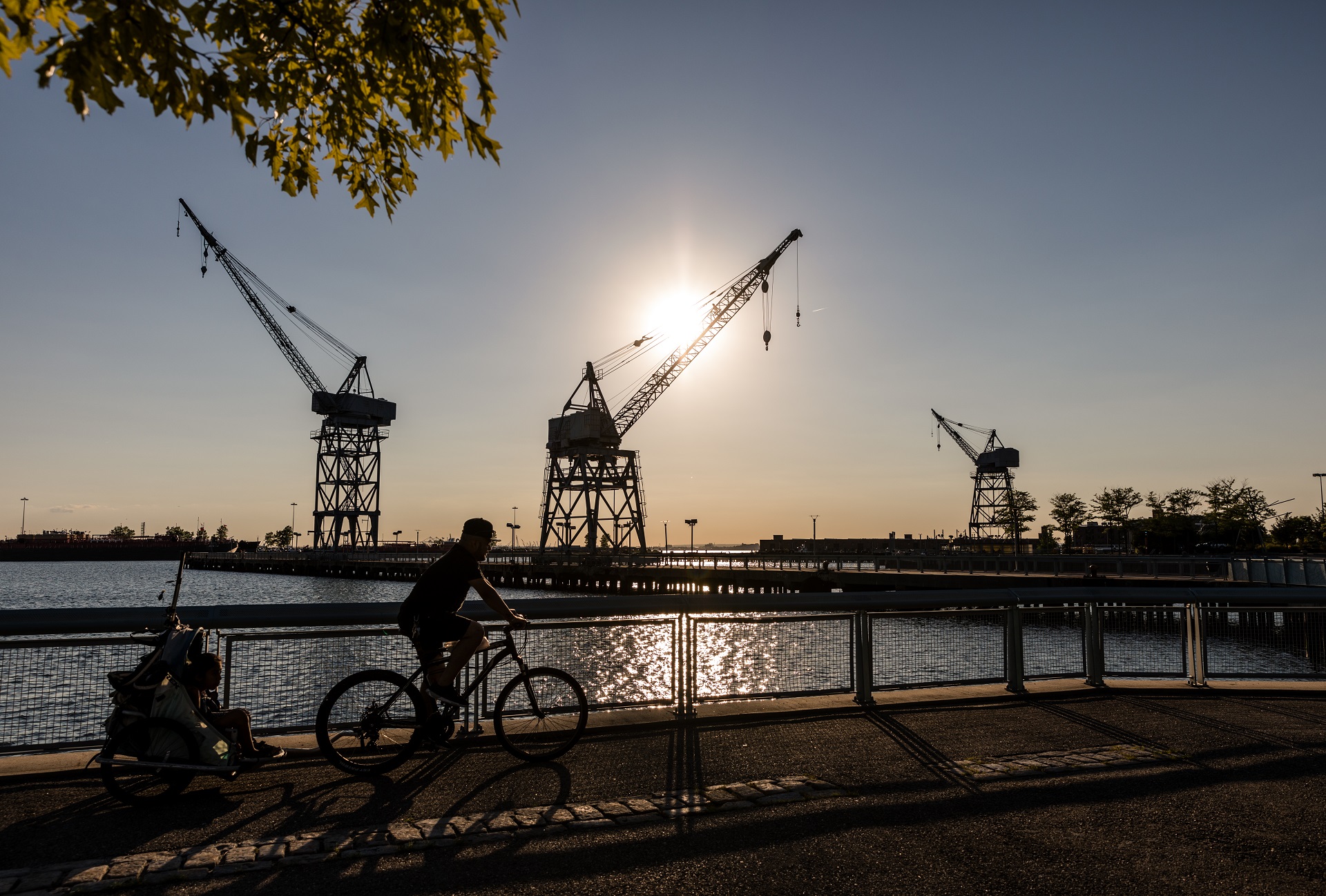Boundless frustration at Red Hook Sandy oversight hearing

When it comes to the devastation of Red Hook residents impacted by Hurricane Sandy, it’s hard to know where to start.
There’s the cumbersome roadblocks, preventing assistance to distressed homeowners. Or the unfathomable economic hardship, with trade-offs like financing much-needed repairs versus keeping the store open (and the staff employed). In housing projects, “temporary” emergency boilers and generators were installed but never replaced, and are now caked over with soot and mold, causing widespread respiratory illnesses. State and Federal funds have been squandered on pet projects and middle-manager consultants, with the storm’s actual victims never seeing a penny.
This was the testimony offered from residents at a Sandy Oversight Hearing at P.S. 15 in Red Hook on Tuesday evening.
